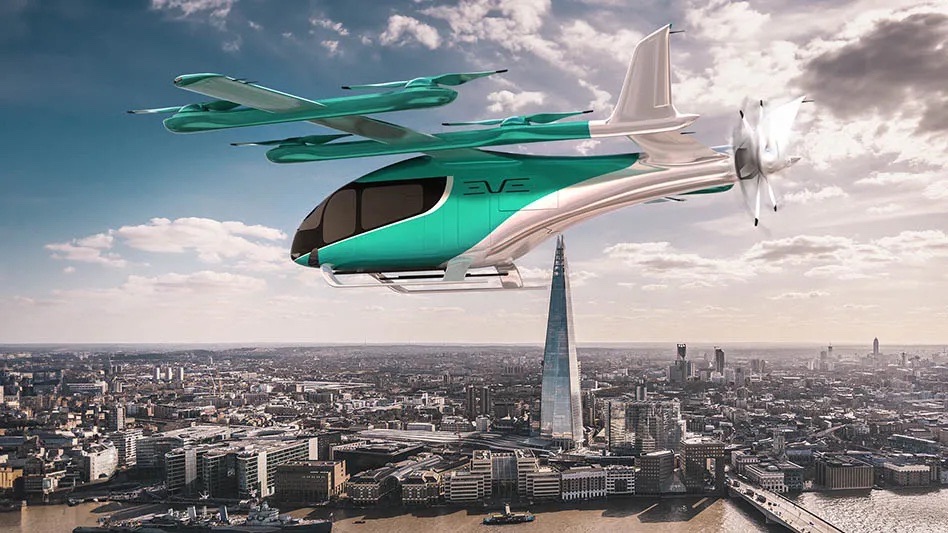
Electric Flying Taxis: From Sci-Fi to Reality
Remember watching “The Jetsons” and dreaming about zipping through the sky in a flying car? Well, pinch yourself because that cartoon fantasy is rapidly becoming our new reality. Electric flying taxis are not just coming; they’re here, and they’re set to revolutionize urban transportation as we know it. In this blog post, we’ll dive into this exciting development, focusing on one of the frontrunners in this airborne revolution: Eve Air Mobility.
Eve Air Mobility: The Trailblazer of Electric Air Taxis
Eve Air Mobility, a subsidiary of the renowned Brazilian aircraft manufacturer Embraer, is leading the charge in the electric vertical take-off and landing (eVTOL) aircraft market. These aren’t just any flying vehicles; they’re the Tesla of the skies, promising to whisk us away from gridlocked streets to the freedom of the open air.
Global Interest in Eve’s Electric Flying Taxis
The buzz around Eve’s electric flying taxis isn’t just hype. They’ve got the attention of major players worldwide:
- Japan: AirX has placed an order for up to 50 eVTOLs, envisioning a future where Tokyo’s skyline is dotted with these airborne wonders.
- Australia, India, and South Korea: These countries are also jumping on the Eve bandwagon, signaling a global appetite for this technology.
It’s clear that Eve isn’t just building flying taxis; they’re crafting a global transportation network that could redefine city living.
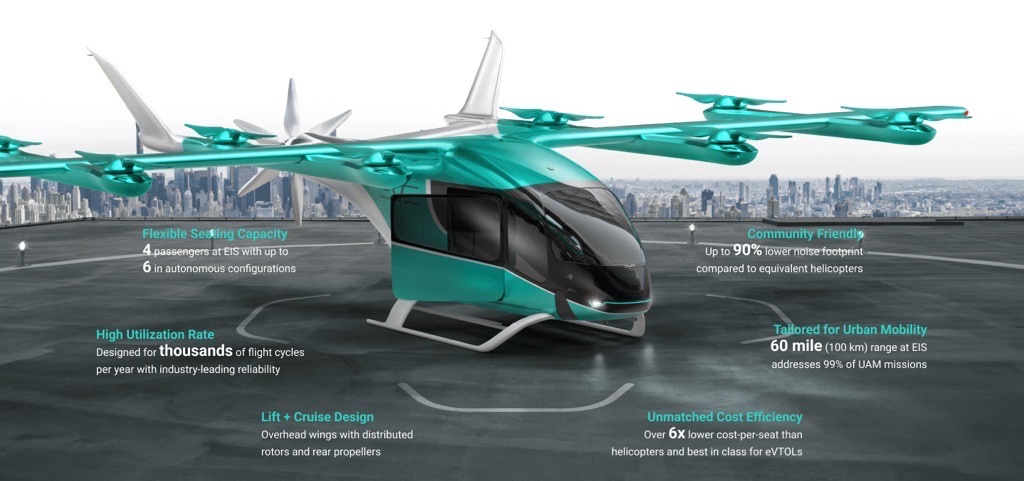
The Tech Behind Eve’s Electric Flying Taxis
Specs and Features of Eve’s eVTOLs
So, what makes Eve’s flying taxis so special? Let’s break it down:
| Feature | Specification |
|---|---|
| Range | 60 miles (96 km) on a single charge |
| Propulsion | 8 electric propellers |
| Navigation | Advanced systems by Honeywell |
| Capacity | Pilot + passengers (exact number TBA) |
| Automation | Future plans for autonomous flight |
These specs are impressive. Does a 60-mile range cover most urban and suburban commutes, and those eight propellers? They’re not just for show. They provide redundancy and stability, crucial for safe urban flight.
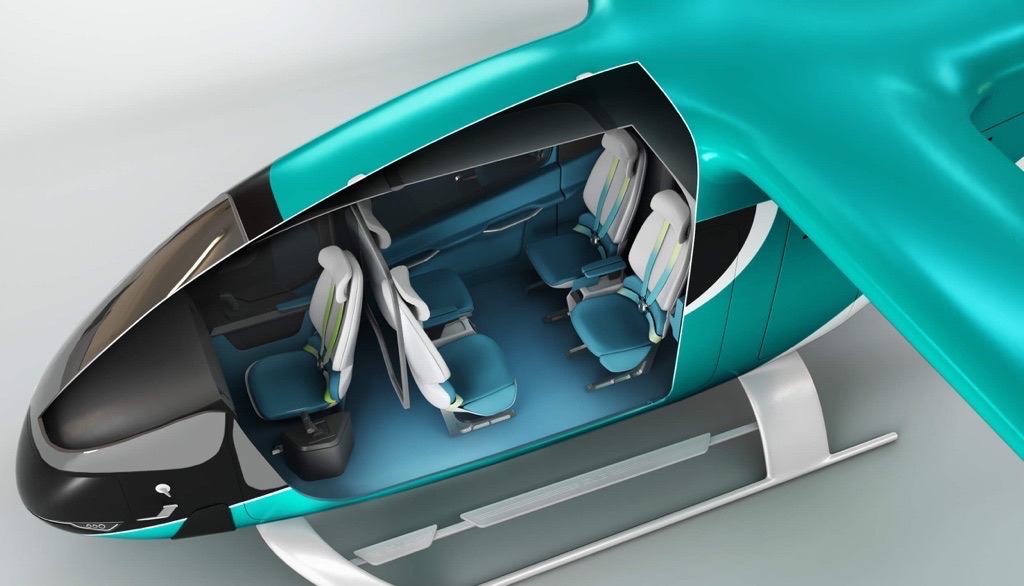
Benefits of Electric Flying Taxis
- Traffic Reduction: Imagine sailing over congested highways while others crawl along below. That’s the future Eve envisions.
- Environmental Impact: Electric propulsion means zero direct emissions. It’s a green solution for our increasingly eco-conscious world.
- Time-Saving: No more sitting in traffic or waiting for drawbridges. Eve’s taxis promise to slash commute times dramatically.
- Accessibility: With plans to integrate with existing transport networks, these taxis could make remote areas more accessible.
From Dream to Reality: Eve’s Roadmap
Miami: The First U.S. Hub for Eve’s Flying Taxis
Eve has set its sights on South Florida, aiming to launch services in Miami by 2026. Why Miami?
- Traffic Congestion: Miami ranks among the worst U.S. cities for traffic. Flying taxis could be a game-changer.
- Infrastructure: Miami’s existing heliports and airports provide ready-made launch points.
- Tourism: Imagine whisking tourists from Miami International to South Beach in minutes. It’s a tourism board’s dream!
Global Partnerships and Expansion
Eve isn’t stopping at Miami. They’re inking deals worldwide:
- Saudi Arabia: Partnerships with low-cost airlines could make flying taxis accessible to a broader audience.
- South Korea: Plans for services on Jeju Island showcase Eve’s versatility. It’s not just about megacities; it’s about connecting communities.
These global moves underscore a critical point: Eve isn’t just selling a product; they’re building an ecosystem. From airports to city centers, they’re laying the groundwork for a future where flying is as common as hailing an Uber.
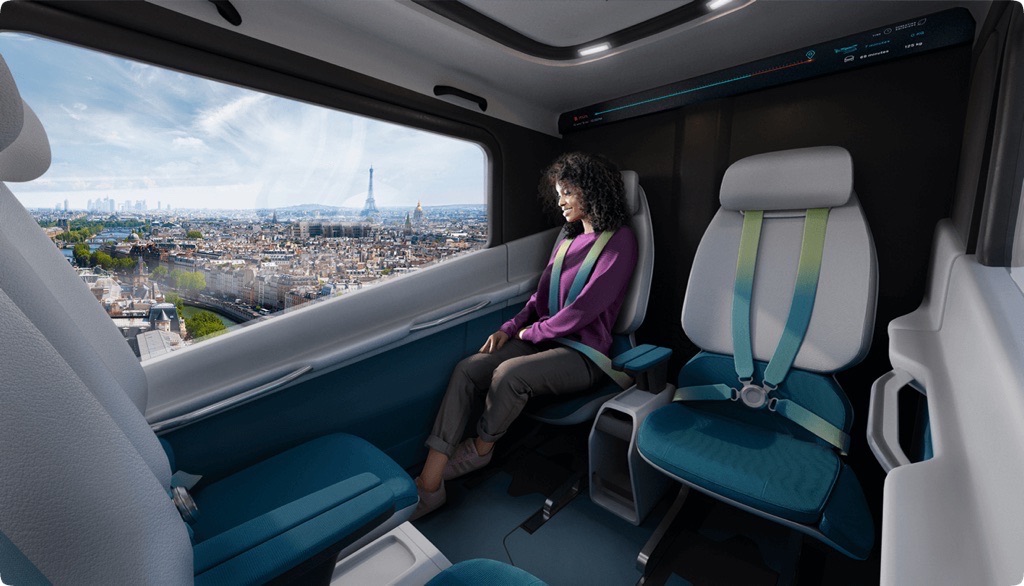
Challenges and Considerations
Regulatory Hurdles
Before we all start booking our skyward Ubers, there’s the small matter of getting the thumbs-up from aviation authorities like the FAA. Safety is paramount, and regulators will need assurances on everything from air traffic control to emergency procedures.
H2: Public Perception and Acceptance
Let’s address the elephant in the room: the idea of autonomous flying taxis is both thrilling and terrifying. Eve plans to eventually have these taxis fly themselves, but are we ready for that? Public trust will be crucial. Eve and others in this space will need robust safety records and transparent communication to win hearts and minds.
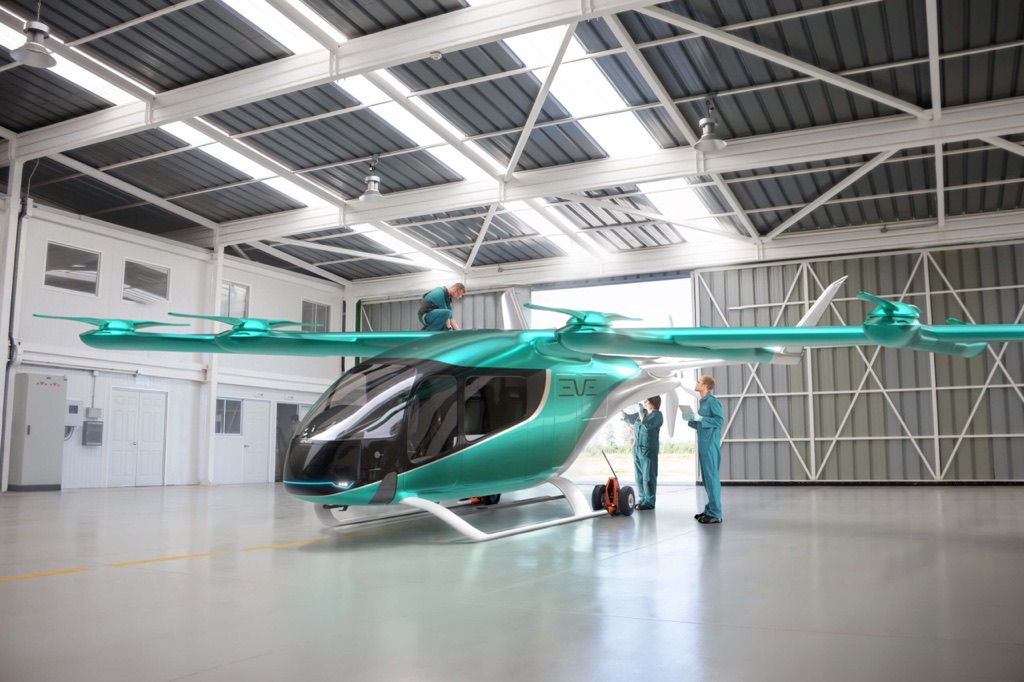
Infrastructure and Integration
Flying taxis need more than just clear skies. They need:
- Vertiports: Think heliports, but designed for eVTOLs. Cities will need to build or retrofit these.
- Charging Stations: Just like EVs on the ground, eVTOLs will need a network of charging points.
- Air Traffic Control: Integrating eVTOLs into existing flight paths will be a complex dance.
-

Eve Air
The Road (or Sky) Ahead
Despite the challenges, the momentum behind electric flying taxis is undeniable. Eve Air Mobility, with its global partnerships and visionary plans, is at the forefront. They’re not just selling a product; they’re selling a future where your daily commute could involve panoramic city views instead of brake lights.
Is it all sunshine and roses? Of course not. There are hurdles to clear, from technology refinements to public acceptance. But every revolutionary idea faces skepticism. Just a decade ago, the idea of electric cars dominating our roads seemed far-fetched. Now, look at us.
The electric flying taxi revolution is coming, and companies like Eve are making it happen. It’s a future that promises cleaner air, less congestion, and yes, a touch of that Jetsons-esque wonder we’ve all been waiting for.
So, buckle up (in more ways than one). The future of urban transport is taking off, and it looks electrifying!
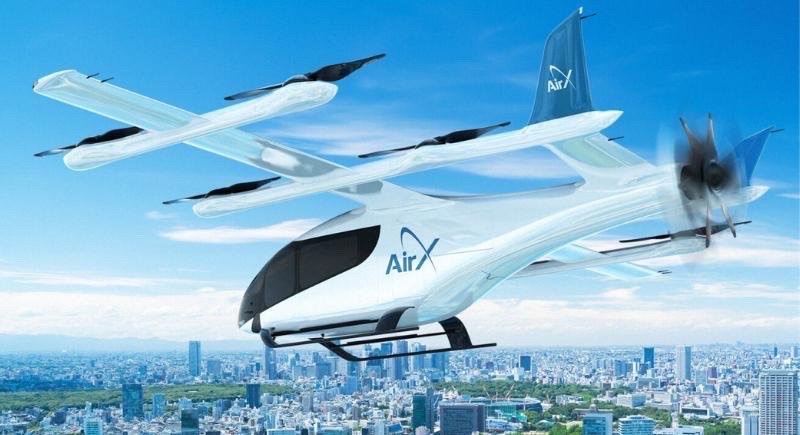
Share Your Thoughts!
What do you think about this airborne future? Are you ready to trade your car for a flying taxi? Or does the idea make your stomach do loop-de-loops? Share your thoughts in the comments below. Your insights could shape the future of how we all get around!
